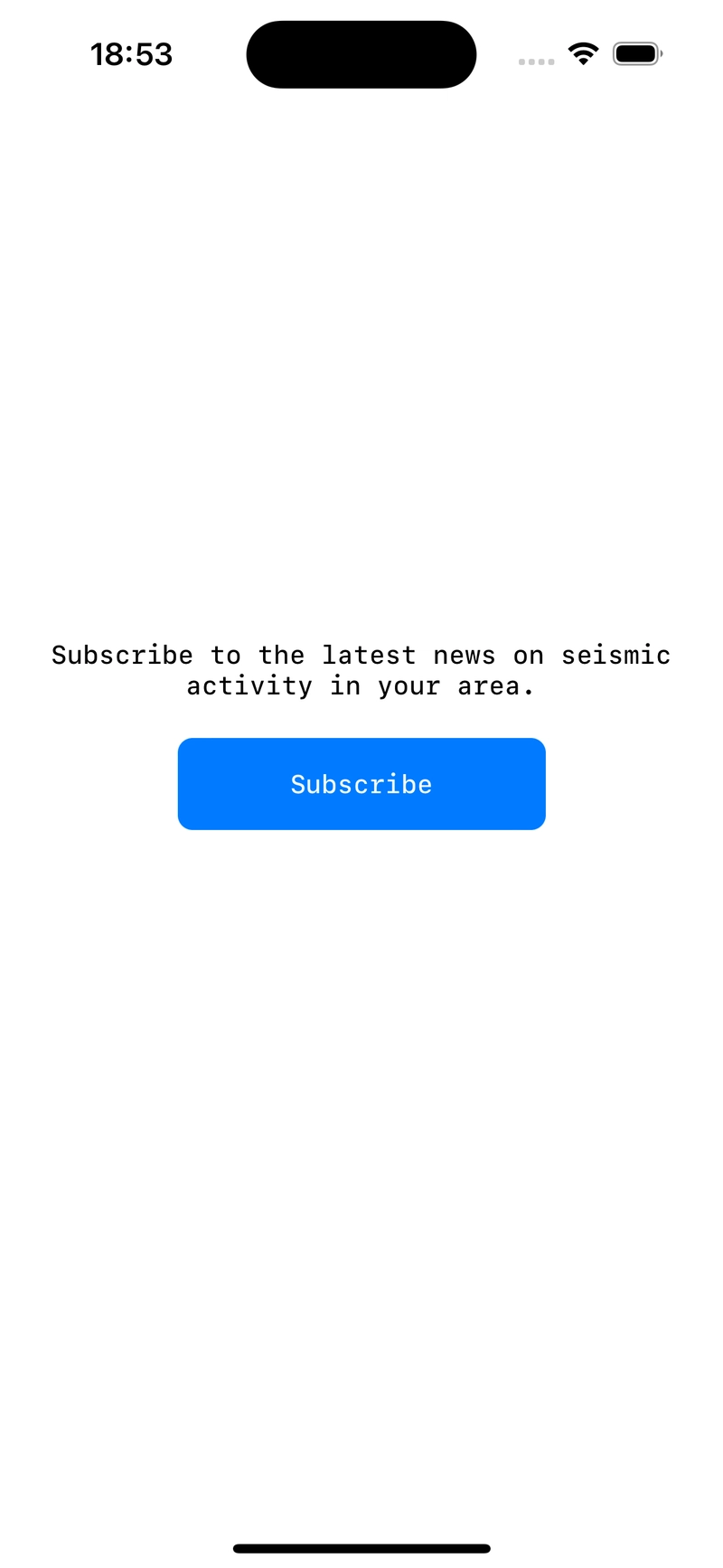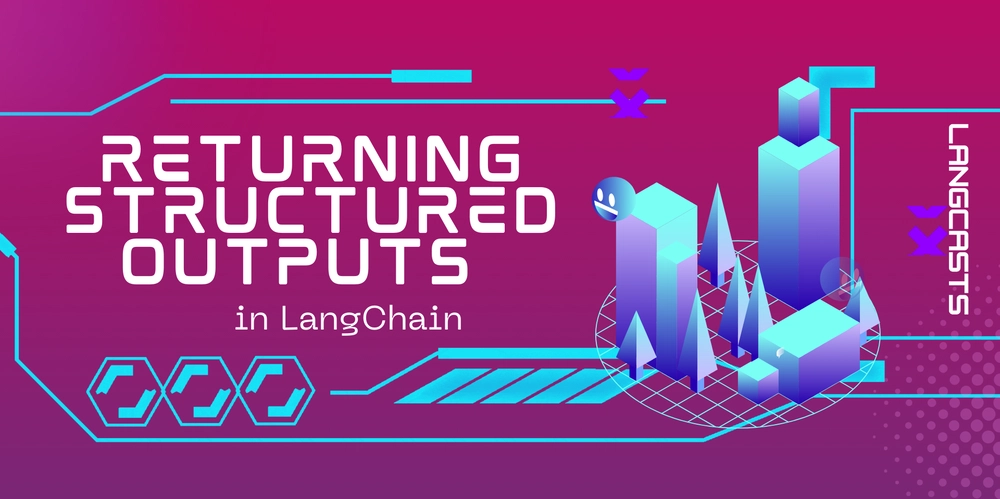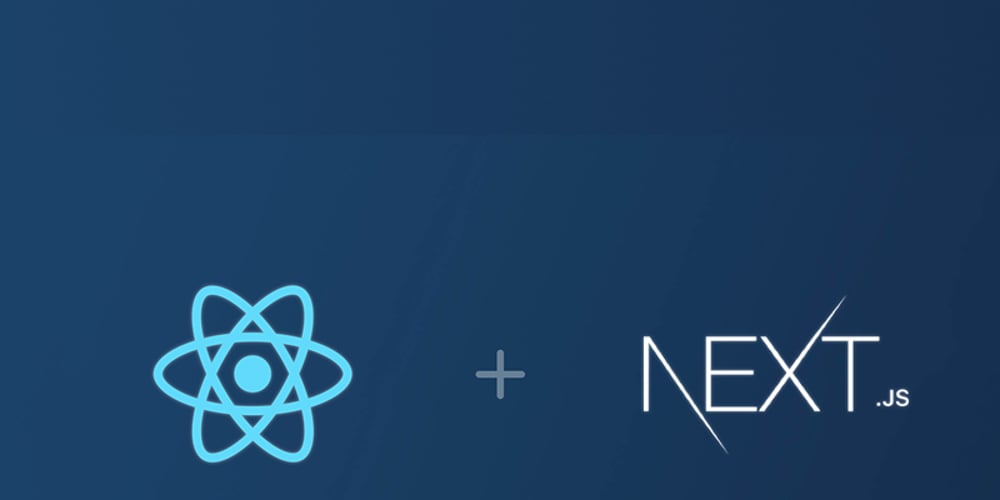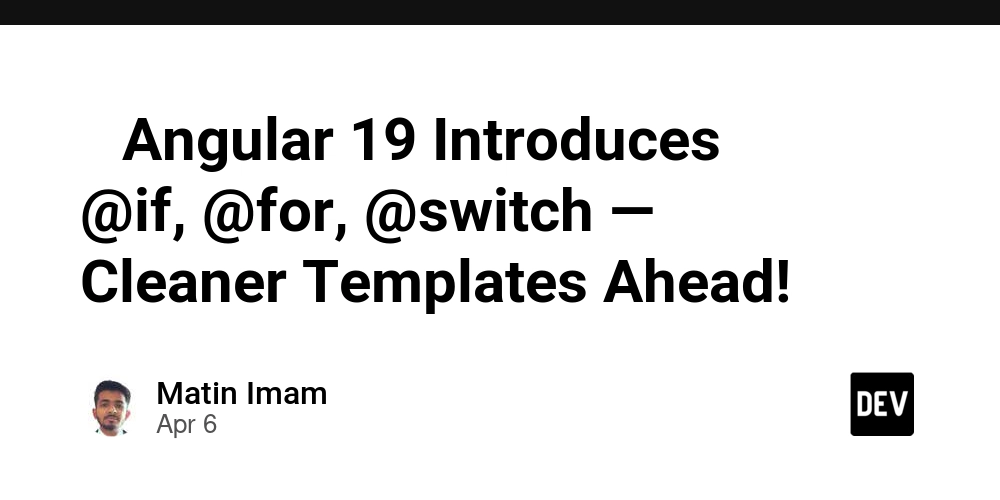Part 1: Packaging Our iOS SDK as a Binary Framework
Context Recently, a client approached us to integrate a banking app SDK into their existing mobile banking application. While I can’t share all the details due to NDA restrictions, the challenge was straightforward on the surface: integrate an SDK. Easy! I thought to myself. However, the client’s requirements demanded a level of control and security that went beyond our standard CocoaPods integration. Most banking apps follow tight security standards to prevent any data breaches and compromise. So they tend to integrate external libraries differently. Instead of CocoaPods, they use frameworks, which provide more control over the code they “inject” into their applications. So, a new challenge on our hands. Enter the world of XCFrameworks: a modern approach to packaging code for multiple platforms, ensuring a single, self-contained binary that’s robust and future-proof (According to Apple). So a few terminologies as we begin: Library

Context
Recently, a client approached us to integrate a banking app SDK into their existing mobile banking application. While I can’t share all the details due to NDA restrictions, the challenge was straightforward on the surface: integrate an SDK. Easy! I thought to myself. However, the client’s requirements demanded a level of control and security that went beyond our standard CocoaPods integration.
Most banking apps follow tight security standards to prevent any data breaches and compromise. So they tend to integrate external libraries differently. Instead of CocoaPods, they use frameworks, which provide more control over the code they “inject” into their applications.
So, a new challenge on our hands. Enter the world of XCFrameworks: a modern approach to packaging code for multiple platforms, ensuring a single, self-contained binary that’s robust and future-proof (According to Apple).
So a few terminologies as we begin:
- Library




























![[Webinar] AI Is Already Inside Your SaaS Stack — Learn How to Prevent the Next Silent Breach](https://blogger.googleusercontent.com/img/b/R29vZ2xl/AVvXsEiOWn65wd33dg2uO99NrtKbpYLfcepwOLidQDMls0HXKlA91k6HURluRA4WXgJRAZldEe1VReMQZyyYt1PgnoAn5JPpILsWlXIzmrBSs_TBoyPwO7hZrWouBg2-O3mdeoeSGY-l9_bsZB7vbpKjTSvG93zNytjxgTaMPqo9iq9Z5pGa05CJOs9uXpwHFT4/s1600/ai-cyber.jpg?#)














































































































































![[The AI Show Episode 144]: ChatGPT’s New Memory, Shopify CEO’s Leaked “AI First” Memo, Google Cloud Next Releases, o3 and o4-mini Coming Soon & Llama 4’s Rocky Launch](https://www.marketingaiinstitute.com/hubfs/ep%20144%20cover.png)





































































































































































































![Rogue Company Elite tier list of best characters [April 2025]](https://media.pocketgamer.com/artwork/na-33136-1657102075/rogue-company-ios-android-tier-cover.jpg?#)







































































_Andreas_Prott_Alamy.jpg?width=1280&auto=webp&quality=80&disable=upscale#)





































































































![Apple Watch Series 10 Back On Sale for $299! [Lowest Price Ever]](https://www.iclarified.com/images/news/96657/96657/96657-640.jpg)
![EU Postpones Apple App Store Fines Amid Tariff Negotiations [Report]](https://www.iclarified.com/images/news/97068/97068/97068-640.jpg)
![Apple Slips to Fifth in China's Smartphone Market with 9% Decline [Report]](https://www.iclarified.com/images/news/97065/97065/97065-640.jpg)



































































































































